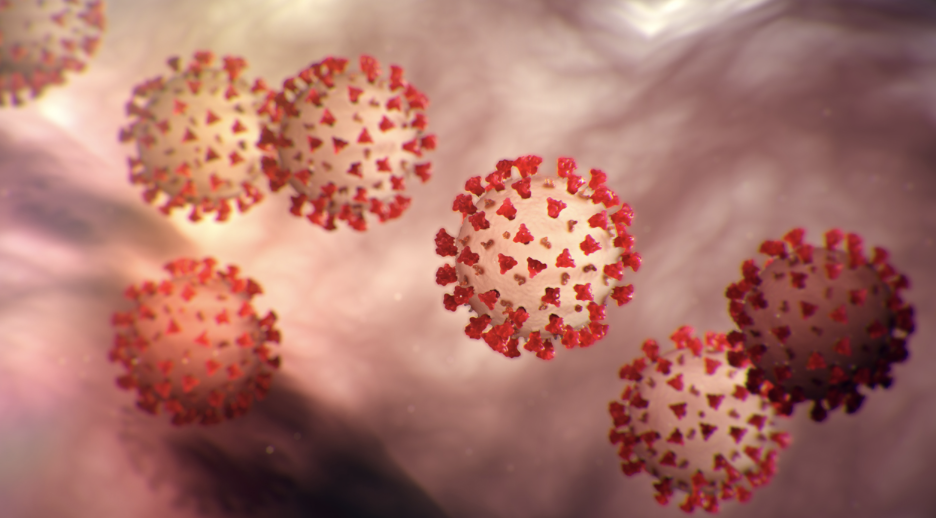A 2014 graduate from Acadia’s biology department, Marc Hetu now works in Acadia professor Dr. Sherri McFarland’s chemistry lab. He really enjoys his work there which focuses on the exciting field of light activated anti-cancer drugs. The field, called photodynamic therapy (PDT) attempts to find cancer treatment drugs, called photosensitizers (PS), that are non-toxic in the dark so that they can be administered under normal conditions that won’t harm the rest of the body but can kill cancer under specific conditions. This is a priority because the major issue with current cancer treatments, such as chemo and radiation therapy, is that they are a source of constant toxicity throughout the body, harming both cancerous and healthy cells. The key characteristic of light activated anti-cancer drugs is that they are relatively non-toxic in the dark but once you shine a certain wavelength of light on them, their anti-cancer activity is activated. This would allow for targeted treatment to specific areas of the body that need it by simply shining light on the affected parts. By leaving healthy parts of the body in the dark, they remain unaffected.
There are a few molecular mechanisms by which this can be done with the most well documented being singlet oxygen generation. The PS, in the presence of light, activates oxygen in the cells to transition from a triplet state to a singlet state. Oxygen in its singlet state is highly cytotoxic, destroying all cancer cells in the near vicinity. However, this singlet oxygen mechanism has limitations. For example, solid tumours tend to have central hypoxic regions (low oxygen) , which means that the singlet oxygen PDT mechanism cannot work if there is no oxygen.
He credits this incredible opportunity to work in Dr. McFarland’s lab to the transferable job-specific skills he gained as a research topics student starting in 2012. He found that the two research topics courses he took not only opened the door for him to work in the lab he continued to work in as a graduate, but also gave him the opportunity to transfer what he’d learned in class to independent work in the lab. He describes research topics courses as a way for students to get over the significant hurdle they face where most entry-level research jobs in the sciences require several years of lab experience just to get started. These courses also provide students with a sample of what a researcher’s life is like, leading Marc to his most surprising find: the pure workload of doing research. Much time is devoted to making hypotheses, testing them, and attempting to learn something from the results, whether they support the hypothesis or disprove it. In addition, a lot of time is spent mastering experimental skills and trying things that may not work the first time. Then every meticulously planned out and executed experiment is often run in triplicate with controls and, depending on the experiment can lead to hours of work of analysing data.
A research topics course also provides students with the opportunity to get to know their professors outside the classroom so as to learn more about their research and interests. This gives students the chance to see if a career in research appeals to them before they continue onto graduate school. And so, Marc finds he can’t speak highly enough about the incredible opportunity to do a research topics course at Acadia and hopes other students will feel encouraged to do so.
The only significant drawback he experienced in his research career at Acadia was that since it is a smaller institution, it can be harder to get research funding than it would be for researchers at a larger institution. Funding agencies (and donors) tend to give their money to larger institutions despite the many excellent researchers at universities like Acadia, and Marc has at times felt like this has limited his ability to grow professionally. Overall though, his experience as a researcher at Acadia has been very positive and he continues to be inspired by the work he does in Dr. McFarland’s lab where he does the initial screening for the light activated antimicrobial drugs project. Some of the compounds that performed well in initial biological testing in this lab have even been licensed to a company in Ontario and are going through human clinical trials. While this is exciting, he warns that a career in research rarely comes with the many eureka moments depicted in media, and that patience is a necessity for a career in research. Some of the best discoveries often come from the “grind” of daily tasks. The hours can be long and the work at times seems redundant, but the satisfaction and personal validation that comes when an experiment finally works out makes the work worthwhile.





